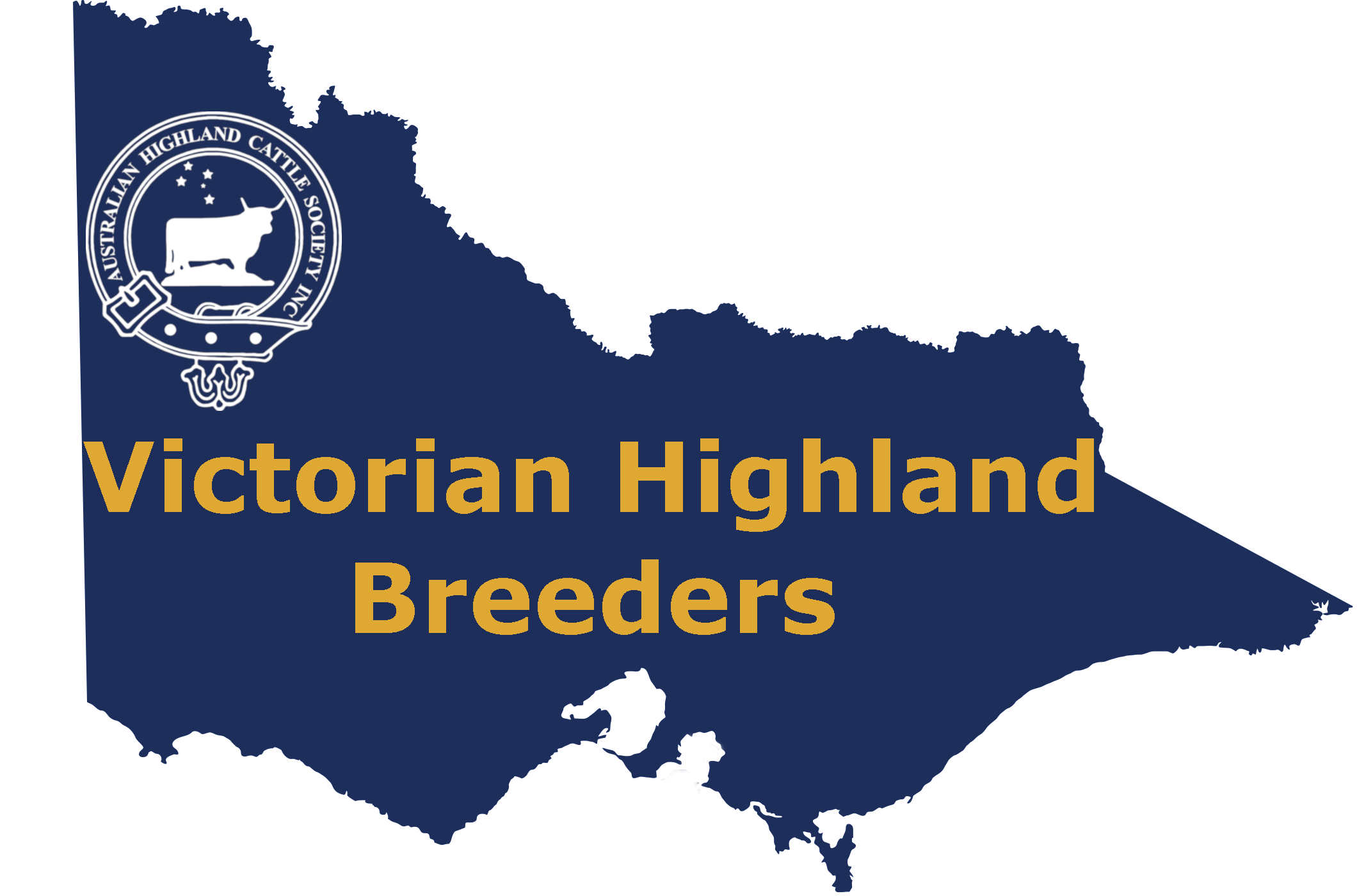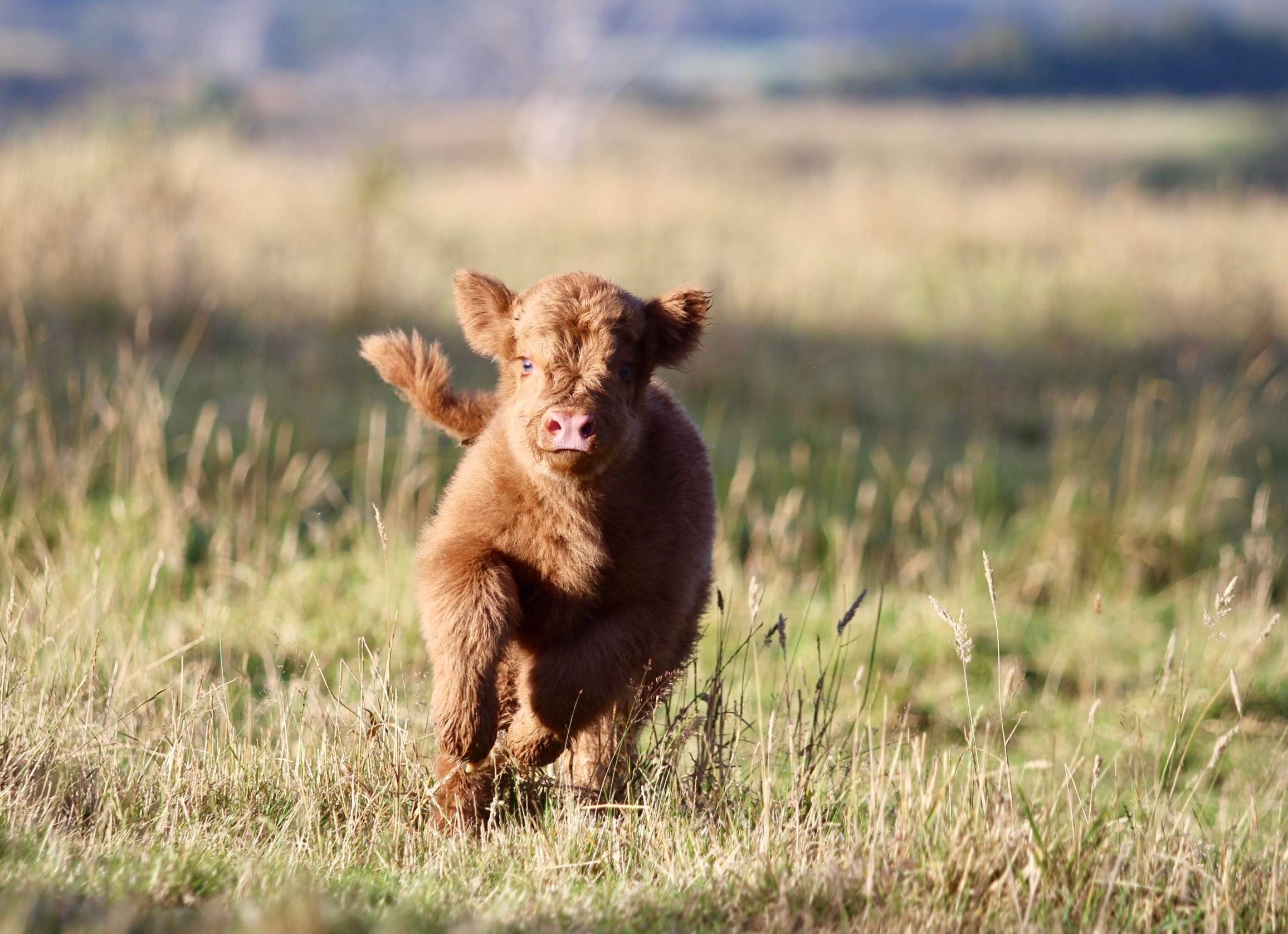While a Highland couldn’t care less about a wonky hair whorl (or trychoglyph) , it may be wise for you to take note. Turns out, there is some serious science behind hair whorl behaviour and brain development —in cattle, horses and humans.
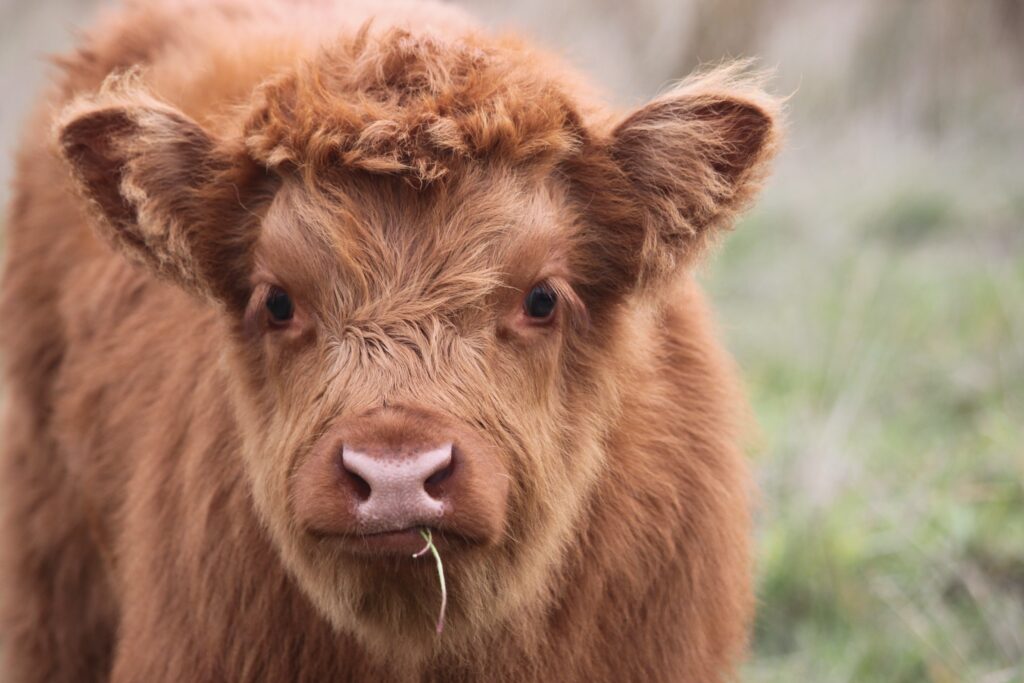
All people have a hair whorl at the crown of their head. Cattle and other livestock such as horses have similar whorls but in a more obvious place — usually right between the eyes. And it seems that they may be more than a visual quirk. About two decades ago, animal behaviourists noticed a connection between crazy hair whorls and crazy animals.
Dr. Temple Grandin, Professor of animal science at Colorado State University, first noticed a connection between the location of a bull’s hair whorl and whether the animal was excitable when handled by humans. Studies showed that location — meaning above, between, or below the eyes — as well as shape of the whorl could be, to some extent, a predictor of excitable behaviour in cattle. Grandin showed that whorls above the eyes — called high whorls –correlated with more excitable temperaments.
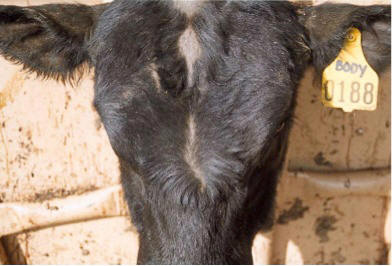
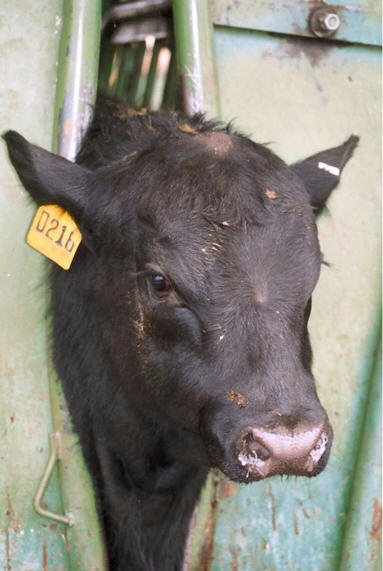
“Why then, are hair growth patterns and temperament related? It has to do with brain development and where brain and skin tissues originate in the developing foetus. Our skin and the nervous system come from the same layer of cells in embryonic development, called the ectoderm. As embryonic cells migrate to form a developing fetus, skin and brain cells are closely intertwined, particularly at the scalp.
“Whorl formation and direction is also linked to body laterality — that is, why some organs such as the heart and the spleen are typically found only on the left side of the body — and brain laterality, or the origin of handedness. Research has shown that within the human population, the majority is right-handed and demonstrates a clockwise hair crown whorl.
Some livestock seem to mimic this handedness. A study from the University of Limerick in Ireland in 2008 demonstrated that horses with clockwise hair whorls were significantly more likely to move toward the right, or begin a gait with the right-sided hooves—in essence, these horses were right-handed. And the horses with anti-clockwise whorls showed left movement tendencies.
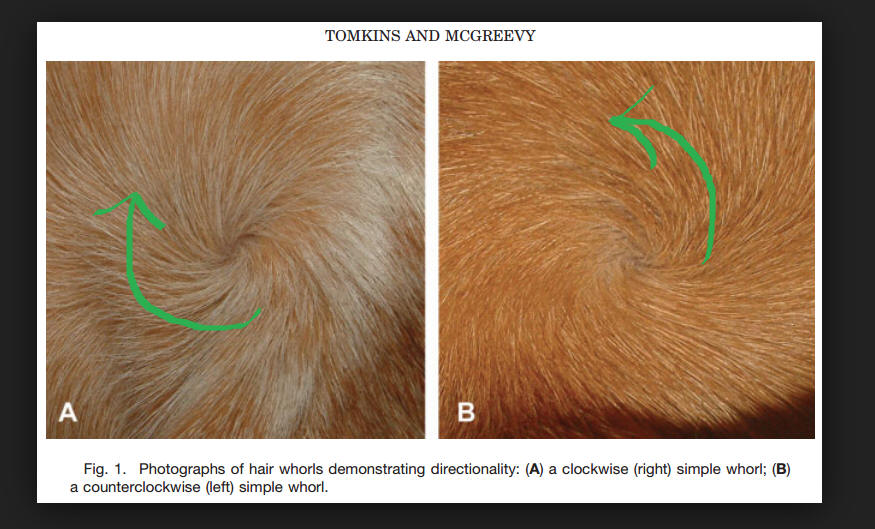
Useful for Breeding Selection?
Hair whorls may also indicate how fertile a bull is. Grandin found that Angus bulls with linear facial whorls as opposed to round whorls had sperm with greater numbers of structural abnormalities that could make them less likely to reproduce.
Whether or not these permanent bad hair days can be used for breeding criteria has not really been tested. Outside of academic research, hair whorls aren’t usually used as a selection measure in commercial herds, either for temperament or reproductive capacity.
“There are some people who have used it,” Grandin says, but the variability in hair whorls in cattle just isn’t there like it used to be. “For the last 15 years, people have been really selective for cattle temperament, so you don’t get as much variability in the hair whorls.” When Grandin first started her research on this topic, there appeared to be a large amount of variability in the size of cattle hair whorls, with some reaching 20cm in length. Now, there is usually only a variation of only a 5-10cm. The obviously odd whorls should be taken notice of though — the weirder the hair whorl, the greater the chance for an excitable, potentially unmanageable animal.
The thing to avoid is an animal with a whorl that looks like a scribble down its face,” Grandin says. “That’s very abnormal. The main thing about selection is that you want to get rid of the crazy cattle. The ones that are knocking down fences, or that are dangerous.”
In summary, Grandin’s study of 1,636 cattle in the sale ring found that:
- Facial whorls were absent in 10 percent of the cattle
- 86 percent had a normal circular facial whorl
- 47 percent had middle-whorl placements
- Cattle with low whorls were more likely to have abnormal and off-centre whorls
- Animals with higher reaction scores had higher facial whorls
- Animals with linear or irregular whorls showed the worst temperament
- Females had more abnormal whorls than males; beef cattle had more abnormal whorls than Holsteins
- Reaction point scores were higher for females and animals with high whorls than for males and animals with low or middle hair whorls
Bibliography
- J. L. Lanier, T. Grandin, et al, Hair whorl position and cattle temperament in the auction ring, 1999 Journal of Animal ScienceVol. 77, p. 147 (Supl. 1)
- H.D. Randle, Facial hair whorl position and temperament in cattle, Applied Animal Behaviour Science, Volume 56, Issues 2–4, March 1998, Pages 139-147
- Meola, M., T. Grandin, et al, 2002 Scrotal circumference in yearling bulls may be related to number of facial hair whorls within a breeding program. J. Anim. Sci. 80:147, Supl. 1 (Abstract).
- Murphy, J. & Arkins, Facial hair whorls (trichoglyphs) and the incidence of motor laterality in the horse, S. Behav. Processes 79, 7–12 (2008).
